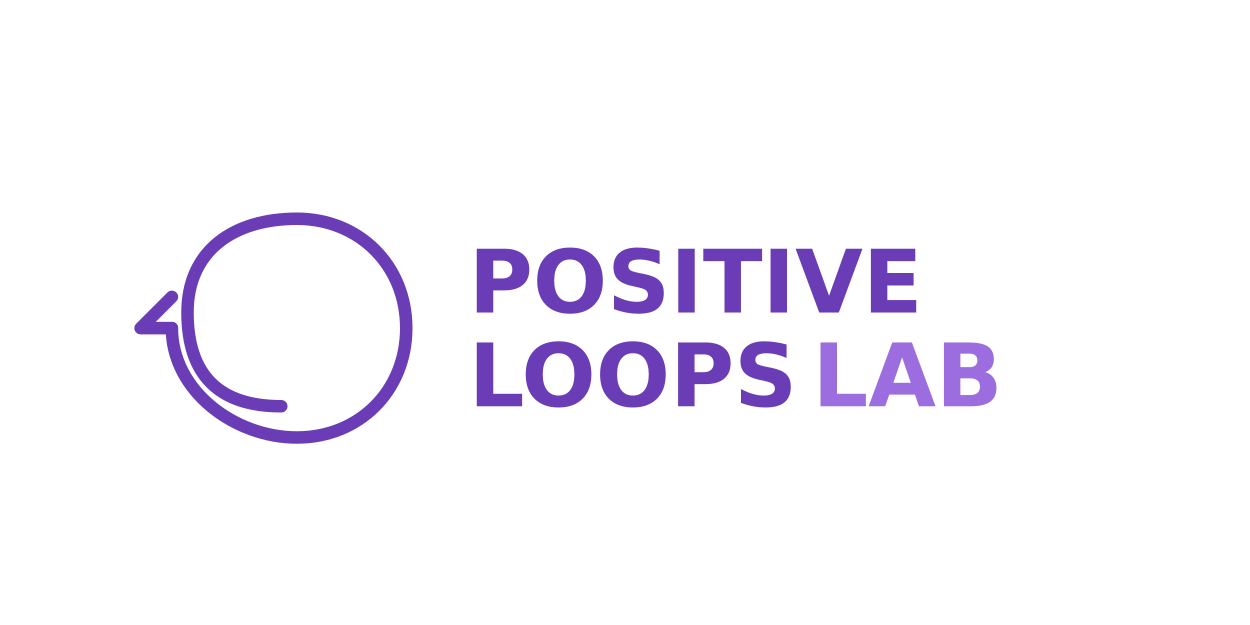This article is part of a six-part series examining how traditional financial reporting standards can transform social outcomes reporting in financial inclusion. Each article explores one qualitative characteristic from financial reporting and provides practical guidance for applying it to social impact measurement.
Understanding Relevance in Social Outcomes
Relevant information makes financial information useful for decisions.
In social outcomes reporting, it serves the same function. Social outcomes data must be capable of influencing decisions. Without relevance, data collection is a wasted exercise. When done right, relevant social data connects directly to your organisation's theory of change and provides insights that stakeholders can actually use.
Most financial inclusion institutions struggle with this first hurdle - collecting data that's convenient rather than useful.
The Relevance Test for Social Metrics
How do you know if your social data passes the relevance test? Ask these three questions:
- Does this metric influence actual decisions? If your board, management team, or investors never use the data to make different choices, it's not relevant.
- Can this metric predict future outcomes? Relevant data has predictive power, helping you forecast what might happen next.
- Does this metric confirm or deny your previous assumptions? Relevant data provides confirmatory value, allowing you to validate your theories of change.
If your metrics fail in answering any of these questions, they're consuming resources without creating value.
Four Steps to Implement Relevance
1. Define Your Key Stakeholders and Their Decisions
Start by identifying all stakeholder groups: clients, staff, board members, investors, regulators - and the specific decisions they make regarding your organisation.
For each group, document exactly what information they need to make better decisions. This isn't theoretical. Sit down with key people from each group and ask directly: "What information would help you make better decisions?"
2. Map Your Theory of Change
A clear theory of change forms the backbone of relevant measurement.
Working backward from your ultimate impact goals, identify the outcomes, outputs, and activities that create your impact pathway. This mapping exercise reveals which metrics matter at each stage. Without this clarity, you risk measuring activities (loans disbursed) rather than outcomes (improved client well-being).
3. Conduct a Materiality Assessment
Not all potential metrics deserve equal attention.
Create a simple two-axis matrix that plots each potential metric according to:
- Significance of impact (horizontal axis)
- Importance to stakeholders (vertical axis)
Focus your measurement on metrics in the high-significance, high-importance quadrant. This prioritisation ensures you collect data that matters most.
4. Establish Regular Relevance Reviews
Relevance isn't static.
As your organisation evolves and external conditions change, the information needed for decision-making may shift. Implement reviews that evaluate:
- How each metric was actually used in decision-making
- Whether stakeholders found the information valuable
- What new information needs have emerged
This cycle ensures your measurement system remains relevant over time.
Common Pitfalls to Avoid
Many well intentioned organisations undermine relevance in predictable ways:
- Metric Overload: Collecting too many metrics without clear purpose, diluting focus and creating reporting fatigue
- Donor/Funder Centric Bias: Focusing exclusively on metrics funders want while ignoring what program staff and clients actually need
- Confusing Outputs with Outcomes: Measuring activities (training sessions conducted) instead of results (skills applied)
- Vanity Metrics Trap: Prioritising metrics that look impressive but don't influence actual decisions
- Static Relevance Assumption: Failing to reassess relevance as organisational priorities and contexts evolve
Technology Enablers for Relevance
The right technology stack makes relevant measurement possible:
- Cloud-Based Core Banking Systems: Enable seamless integration of social and financial data
- Mobile Data Collection: Allows field staff to capture relevant information at the point of service
- APIs: Connect different systems to ensure data flows to decision-makers
- Visualisation Tools: Transform complex data into decision ready insights
Moving Forward
Relevance isn't just a nice to have quality for social outcomes reporting.
It's the foundation without which other standards cannot function. By ensuring your social metrics influence real decisions, you transform measurement from a compliance exercise into a strategic asset. The financial inclusion industry has spent too long collecting convenient data rather than useful insights. By applying the relevance standard from financial reporting, we can finally make social outcomes measurement matter as much as financial metrics in guiding our organisations towards improving social outcomes.

